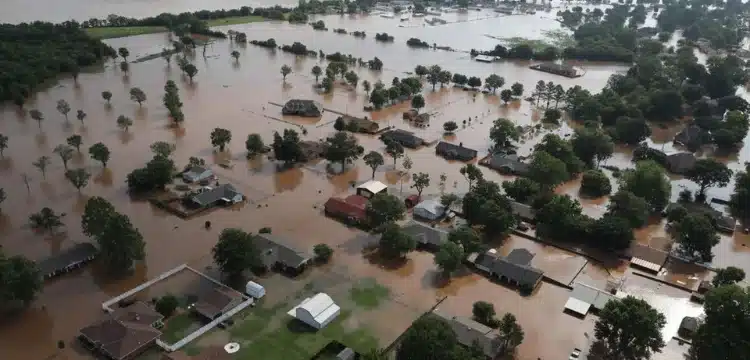[vc_row][vc_column][vc_column_text dp_text_size=”size-4″]The recent summer floods that have ravaged countries such as China, India, Japan, and the US have brought about widespread devastation, with communities grappling with the loss of homes, loved ones, and livelihoods. These catastrophic events have sounded alarm bells about the escalating climate crisis.
Professor Brian Soden, an expert in atmospheric sciences at the University of Miami, explains that the occurrence of such events should come as no surprise. As the global climate continues to warm, we can expect a rise in the frequency and intensity of heavy rainfall events. The warming atmosphere plays a significant role in this process.
One common thread linking these flooding disasters across thousands of miles is the increase in global average temperature. This rise has been particularly noteworthy, with back-to-back record-breaking temperature days recorded this month. Additionally, global sea surface temperatures in May and June hit record highs for that time of year, as reported by the World Meteorological Organization (WMO). These higher temperatures are contributing to the formation of storms within a warmer atmosphere, thereby making extreme rainfall a current reality.
Also Read: Why did Sarah Silverman sue OpenAI and Meta?
The warming atmosphere has a notable consequence—it can hold more moisture. This increased moisture content results in storms unleashing greater amounts of precipitation, leading to the potential for more severe and deadly outcomes. Unfortunately, scientists predict that further global heating is on the horizon, which will only exacerbate the situation, intensifying the impact of extreme rainfall events.
In essence, the statements by Professor Soden and other atmospheric scientists highlight the link between the intensification of flooding and the climate crisis. The warming climate not only fosters the formation of storms in a warmer atmosphere but also amplifies their potential for producing heavy rainfall. These events serve as alarming indicators of the urgent need to address climate change and mitigate its impact to protect vulnerable communities and ecosystems worldwide.[/vc_column_text][/vc_column][/vc_row]











